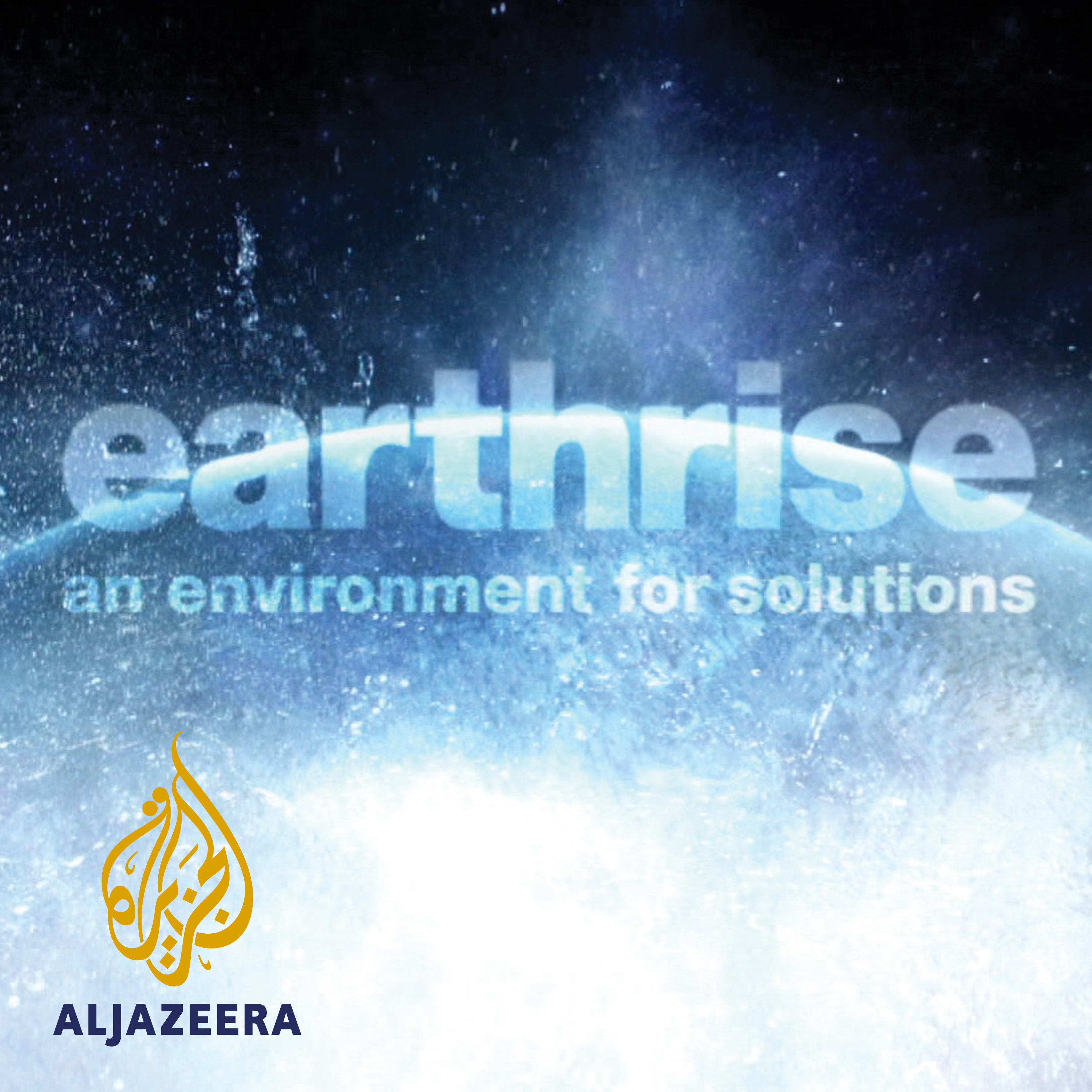Samso: The green island | Earthrise
Description
Samso, an island off the east coast of Denmark and nestled in the Kattegat Sea, is home to a population of 4,000 people committed to living a green life, using and producing only 100 percent renewable energy. In 1997, the Danish government organised a contest to create a model community for renewable energy; the Samso community came together and won that contest.
"The beginning of it was very interesting. It was a top-down decision. We had a very ambitious minister of the environment and he announced that Denmark would cut down 21 percent of the present CO2 emission," recalls Soren Hermansen, head of the Samso Energy and Environmental Organisation.
"I was the first person that was hired to do this project, and I remember the feeling that I was sitting down in the office and I plugged in the telephone and I thought, 'Gosh, how are we going to do this?'"
The community has come a long way since then, working together to achieve some outstanding results. The islanders now boast a carbon footprint of negative 12 tonnes per person per year.
"People who didn't really speak to each other beforehand, got together and talked to each other and had a common goal to aim for," says one local who invested in one of the windmills.
A whole range of environmentally friendly practices have been initiated to serve the whole community. The difference here, compared with anywhere else, is that the people of the island completely own its own energy supplies, as opposed to relying on big companies.
Similarly, the search for eco-friendly sources at a grassroots level meant that residents came up with some ingenious solutions. One of the farmers on the island uses straw to fuel a system that allows locals to spend 40 percent less on their heating bills than they used to.
"Burning straw is cleaner than burning oil, it's very green," says Arne Krimmer Jensen, director of the district heating plant. "Two and a half kilograms of straw would be the same as burning one litre of oil."
The community is now putting energy into the Danish national grid and are acting as an adviser to other island communities around the world. Samso also receives 5,000 energy tourists per year and have set up an Energy Academy to advise different nations on their energy schemes.
Samso island's success at creating not only a green society but a green economy hasn't been lost on the rest of the world, either.
"I think everybody has some kind of intuition that this is the way to go. 'This is where we want to be in the future' [they say]. 'How do we do it? If they can do it here on this little insignificant island, we can do it everywhere'," Hermansen says.
Since the start of the project, Hermansen and his colleagues have advised 29 countries.
- Subscribe to our channel: http://aje.io/AJSubscribe
- Follow us on Twitter: https://twitter.com/AJEnglish
- Find us on Facebook: https://www.facebook.com/aljazeera
- Check our website: https://www.aljazeera.com/
More Episodes
Bangladesh has one of the largest number of solar home systems in the world, reaching over 20 million people. Thirty percent of the electricity these generate is wasted each year, while over six million people in the country have no access to power.
A dynamic startup called SolShare has...
Published 06/12/21
Being in tune with nature used to be instinctive for all humans. It was a matter of survival. But over the centuries, as we urbanised and industrialised, the connection has become weaker.
But Indigenous communities around the world have not forgotten what it means to live in harmony with Earth....
Published 05/19/21
As populations grow and incomes rise, we are eating more and more meat and dairy. Intensive livestock farming, however, requires huge amounts of resources and is highly polluting. Yet, animal protein is essential to the 1.3 billion people who depend on livestock to survive.
So, what is the...
Published 05/12/21


